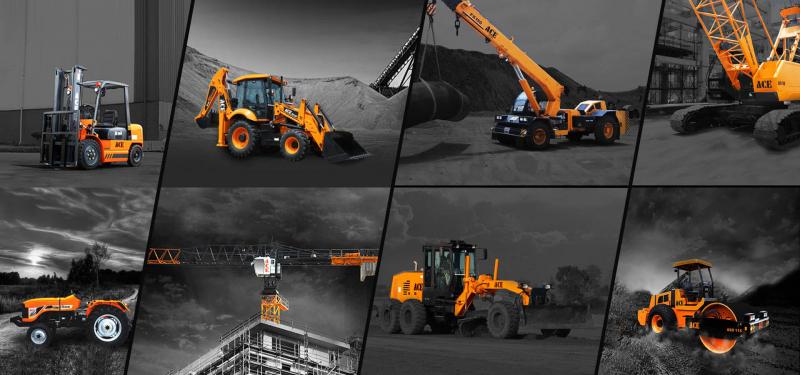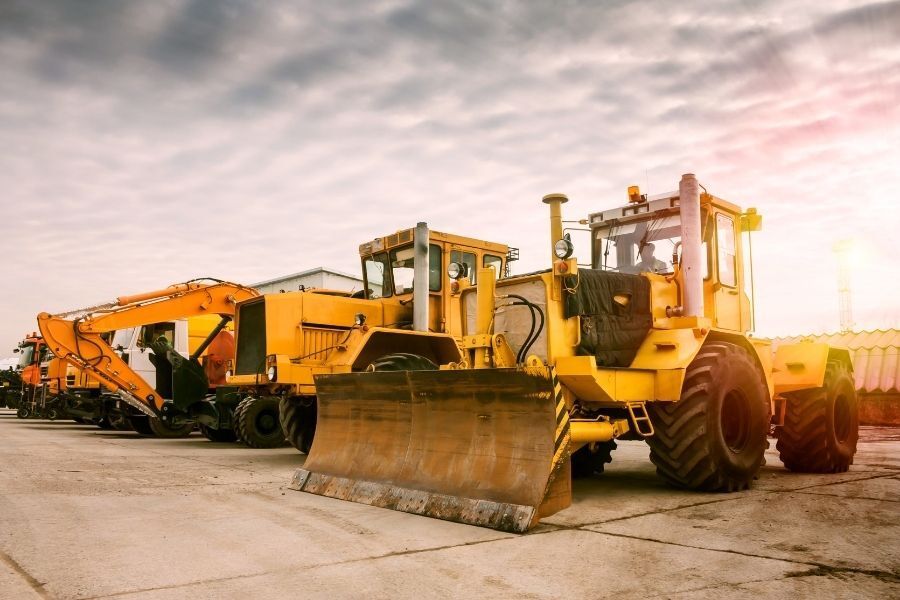Dozer Rental: Powerful Earthmoving Tools for Your Construction Demands
Dozer Rental: Powerful Earthmoving Tools for Your Construction Demands
Blog Article
Optimize Your Budget by Recognizing the Prices Connected With Building Equipment Services
Understanding the full extent of costs connected with building and construction devices leasings is crucial for maximizing your spending plan. What strategies can be utilized to properly manage these expenses and make sure an extra efficient rental experience?
Review of Rental Expenses
When considering building and construction devices rentals, recognizing the connected costs is extremely important for efficient budgeting and task planning. Rental prices can vary significantly based on numerous aspects, consisting of devices kind, duration of service, and location. The first rental cost commonly shows the tools's market demand and its linked operational capabilities, influencing the total expense.
Along with the base rental rate, secondary costs may develop, such as transportation fees, gas additional charges, and upkeep costs. It is necessary to make up these extra expenditures to accurately examine the overall expense of renting out devices. In addition, the rental duration can influence rates; longer rentals may get approved for affordable rates, while short-term services might incur higher day-to-day charges.

Breakdown of Rental Rates
A thorough understanding of rental prices is vital for professionals and task managers intending to optimize their budget plans. Rental rates for construction devices generally contain several elements, including base rates, time-based fees, and usage costs.
Base rates are the core fees connected with the service of the equipment, frequently figured out by the kind and size of the machinery. These rates can vary substantially, affected by aspects such as devices need, availability, and regional market patterns. Time-based costs, which may be daily, weekly, or monthly, serve to accommodate different project timelines and rental durations.
Additionally, rental rates may consist of use charges, which apply when equipment is utilized beyond a specified limit, making sure that the rental business can account for damage. Seasonal demand fluctuations can additionally impact rental rates, with peak building periods generally commanding greater prices.
Furthermore, recognizing the rental firm's plans relating to maintenance and insurance policy can provide additional insight into the total expense framework. By examining these parts, contractors can make informed decisions, ensuring the option of rental equipment straightens with both task demands and budget constraints.
Additional Costs to Think About
Comprehending the complexities of added fees is critical for contractors to manage their general leasing expenditures efficiently. Past the typical rental rates, numerous additional charges can significantly influence the overall expense of devices leasing. These charges usually include shipment and pickup charges, which can vary based upon distance and logistics associated with transporting the tools to and from the job site.
Moreover, some rental business may enforce gas surcharges if the tools is returned with less fuel than when rented. It is likewise necessary to understand prospective cleansing costs, particularly for specialized equipment that calls for comprehensive maintenance after use.

Thoroughly reviewing the rental arrangement and clarifying these additional charges ahead of time can aid specialists prevent unforeseen expenses and make sure that spending plans stay intact throughout the task lifecycle.
Maintenance and Repair Work Expenses
Regular repair and maintenance costs are frequently ignored aspects that can considerably affect the total expense of construction equipment rentals. When renting out devices, it is crucial to consider not only the rental costs but likewise the possible expenses associated with maintaining the machinery in optimum operating problem.
Many rental business directory consist of fundamental upkeep as component of the rental contract; nevertheless, a lot more unexpected failures or considerable repair services can cause added costs. It's vital to assess the rental contract carefully to recognize what upkeep solutions are covered and what duties drop on the renter.
Additionally, equipment that is not well-maintained can bring about ineffectiveness on the task site, potentially creating hold-ups and raising task expenses. To reduce these risks, it is recommended to perform normal examinations and keep open communication with the rental service provider regarding any kind of issues that arise throughout usage.
Insurance and Liability Costs
Insurance coverage and obligation expenses are critical elements that can substantially impact the total expenditure of building tools leasings (aerial lift rental). These expenses make certain that both the rental firm and the client are secured from possible economic losses developing from mishaps, damages, or theft during the rental duration

Additionally, customers need to know any deductibles or exemptions in the insurance coverage, as these can influence potential out-of-pocket costs. Comprehending the terms of any type of insurance policy protection is crucial to avoid unforeseen costs. Ultimately, budgeting for insurance and obligation expenses can aid make sure a smoother rental experience and safeguard versus financial threats related to building and construction jobs.
Verdict
In verdict, an extensive understanding of the expenses connected with building and construction tools rentals is essential for reliable spending plan management. Inevitably, educated decision-making regarding devices services contributes to the general success of building and construction ventures.
Rental costs can vary dramatically based on a number of aspects, including tools type, period of service, and location (mini excavator rental). The rental period can influence pricing; longer leasings might qualify for reduced rates, while navigate to these guys temporary rentals could incur higher everyday charges
By performing comprehensive research and engaging with respectable rental business, specialists can effectively navigate the intricacies of important link rental prices, eventually maximizing their monetary resources.
Beyond the basic rental rates, various extra fees can dramatically impact the overall expense of equipment rental. Rental business usually offer responsibility insurance that covers injuries to 3rd celebrations or damage to building, while equipment damage insurance can cover the cost of repair services or substitute if the rented equipment is harmed.
Report this page